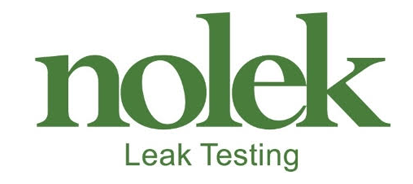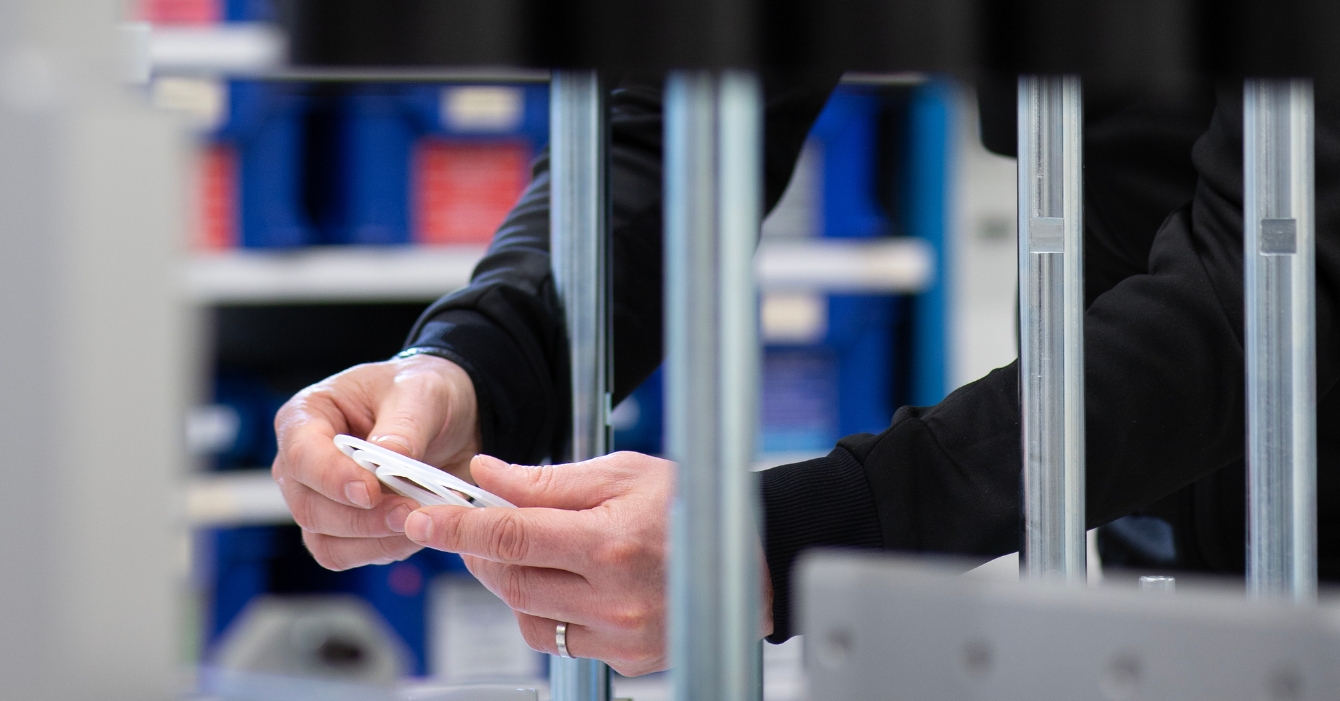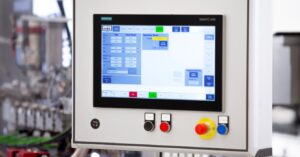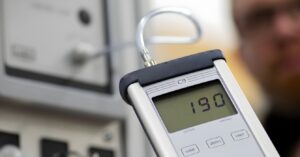Innovation in medical device development is moving faster than ever. As timelines shorten and product iterations accelerate, quality processes must keep pace, especially when it comes to leak testing.
Whether you’re launching a next-gen drug package or refining an existing assembly, your leak testing strategy needs to support, not slow down, your innovation goals.
This article explores how to build a leak testing process that is precise, compliant, and above all, adaptable.
The Challenge: Innovation Outpacing Infrastructure
As engineering teams work in agile, cross-functional environments, traditional quality systems can struggle to keep up. Common pain points include:
- Test fixtures that don’t match new geometries
- Fixed tooling that delays design changes
- Rigid systems that resist quick revalidation
- Limited support for mixed product runs or low-volume testing
When leak testing can’t pivot quickly, innovation slows, and so does time to market.
What Flexible Leak Testing Looks Like
Designing a flexible process means building for change, not just compliance. It involves:
Modular Equipment Design
Look for systems that allow easy swap-out of fixtures or test chambers. This reduces downtime between device formats and supports faster development cycles.
Multi-Method Capability
Choosing a platform that supports both vacuum decay and helium leak testing enables broader compatibility with different device types and risk profiles.
Scalable Architecture
Your system should work just as effectively for single-lane benchtop testing as it does in a fully automated production line. This is especially important for transitioning from clinical batches to commercial scale.
Data-Ready Integration
Flexible systems should plug into your existing MES or QMS infrastructure, offering real-time data capture, remote monitoring, and CFR Part 11-compliant traceability.
Key Considerations for Engineering Teams
To future-proof your leak testing setup:
- Design around variability. Products evolve, your test system should evolve with them.
- Collaborate early. Involve leak testing experts like ourselves during early prototyping or packaging trials.
- Focus on validation efficiency. Choose systems that support IQ/OQ templates and streamlined requalification.
- Balance performance and speed. Match sensitivity requirements to risk level and lifecycle phase.
Flexibility doesn’t mean compromising on quality. It means enabling smart, fast, and compliant decision-making at every step.
Our Approach to Flexible Solutions
At Nolek, we understand that no two device programs are the same. That’s why we offer:
- Modular helium and vacuum systems that adapt to different products and formats
- Custom fixturing and tooling for evolving device geometries
- Inline, near-line, and offline options to fit any production environment
- Validation support and reusability features to reduce changeover times
Our systems are built for flexibility from the ground up, so you can adapt, scale, and stay ahead of your development targets.
Final Thought
Leak testing shouldn’t be a bottleneck. It should be a launchpad for innovation.
By designing flexibility into your quality process, you enable your team to respond to change, speed up validation, and deliver safer devices faster.
→ Connect with a Nolek engineer to review your project requirements





